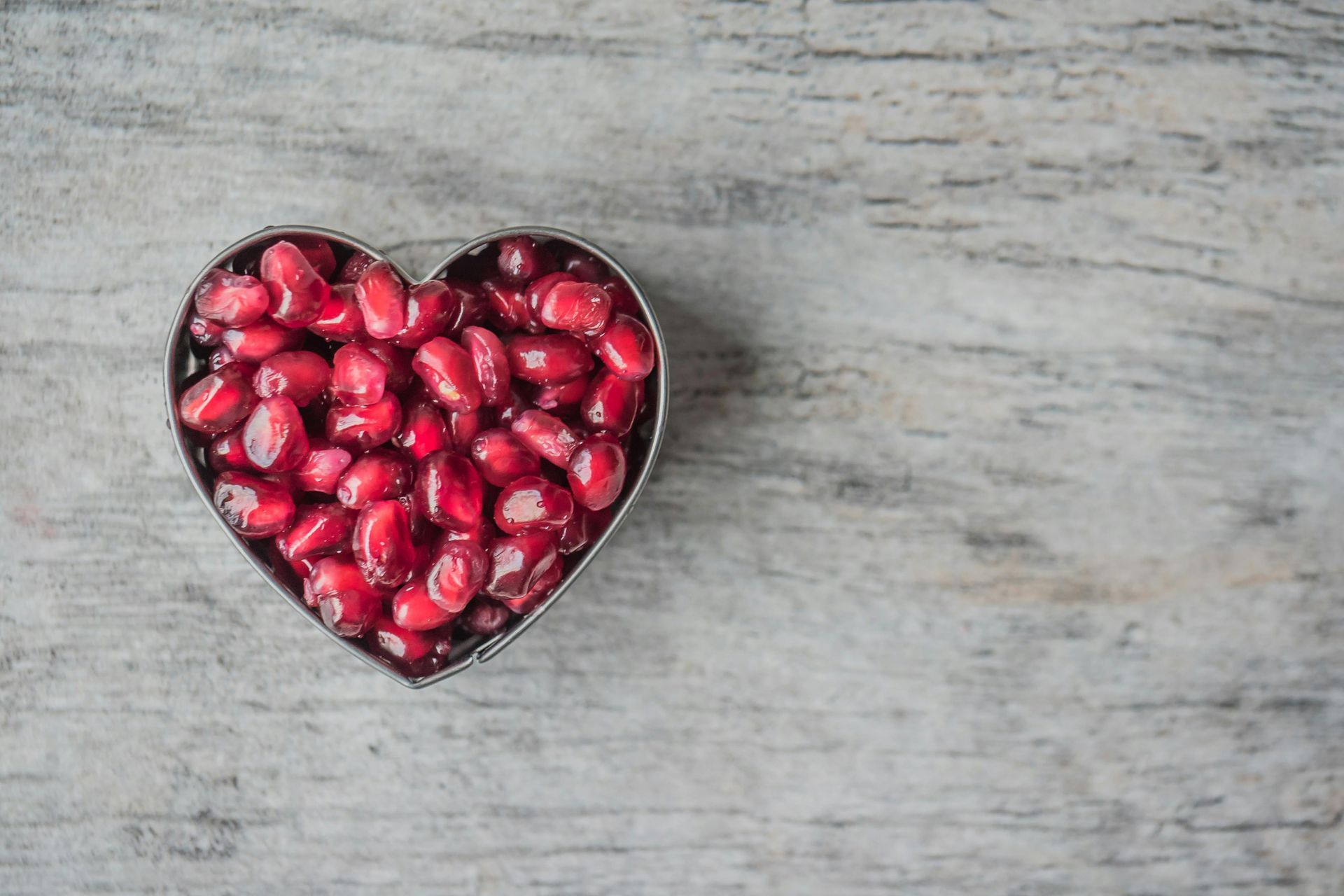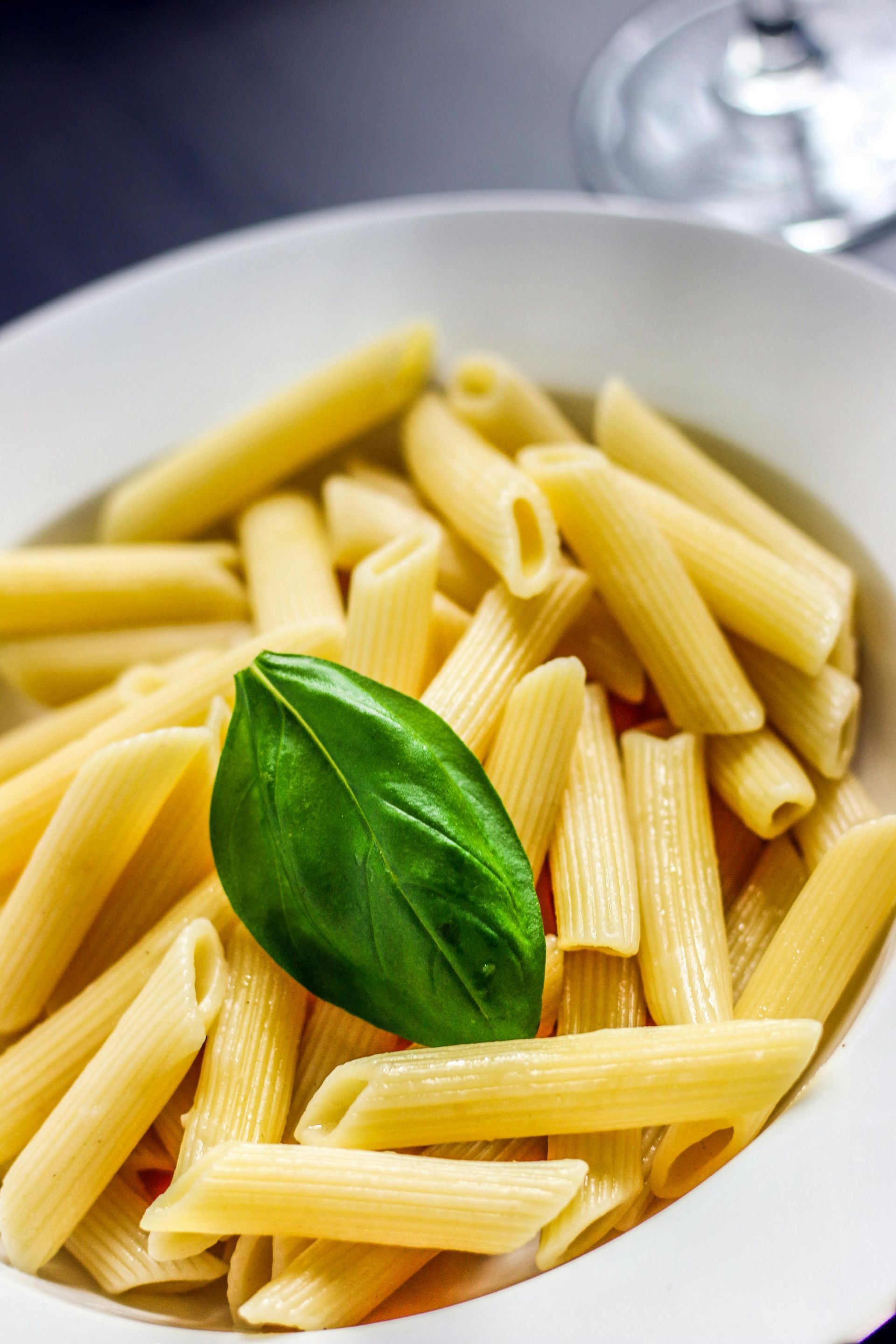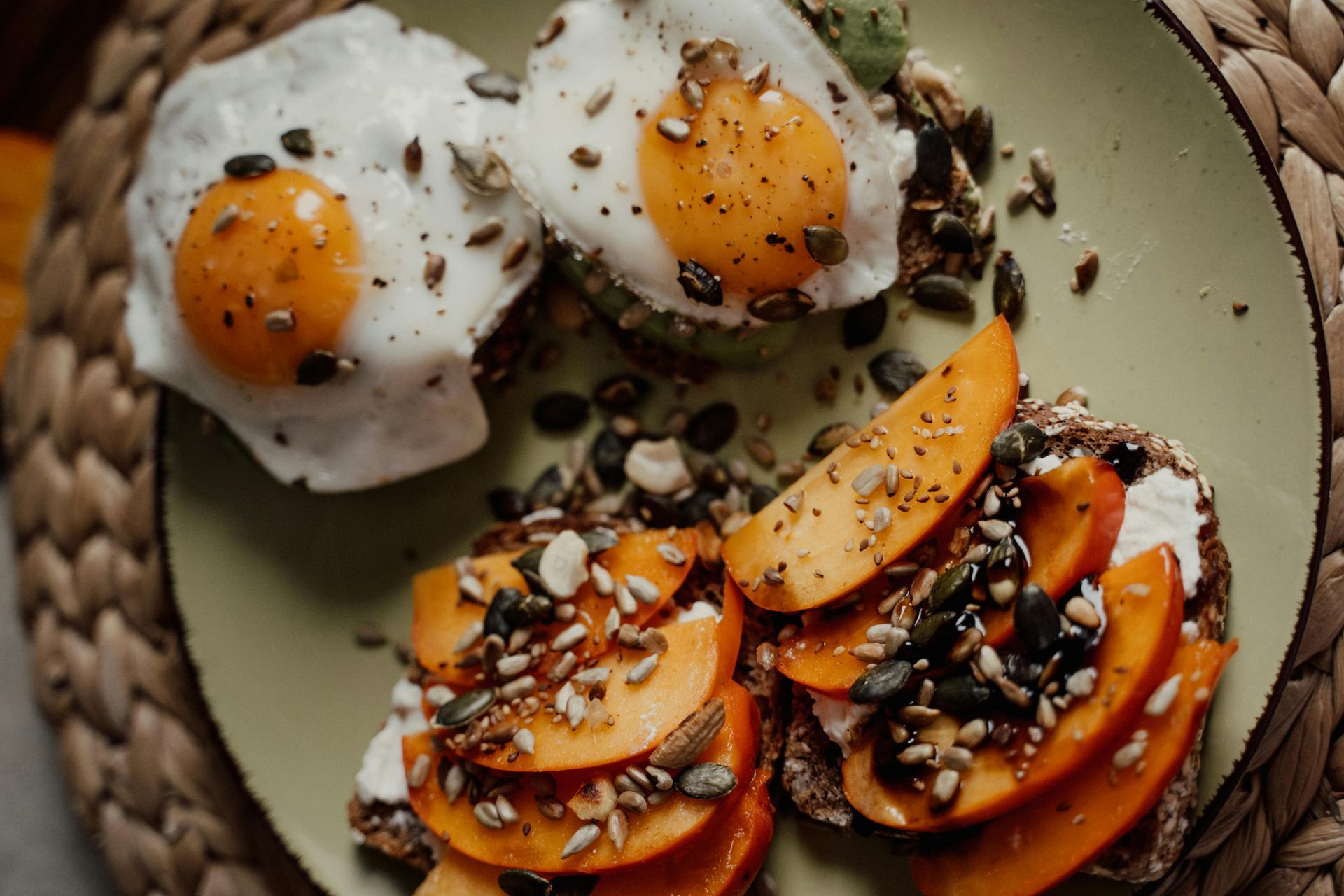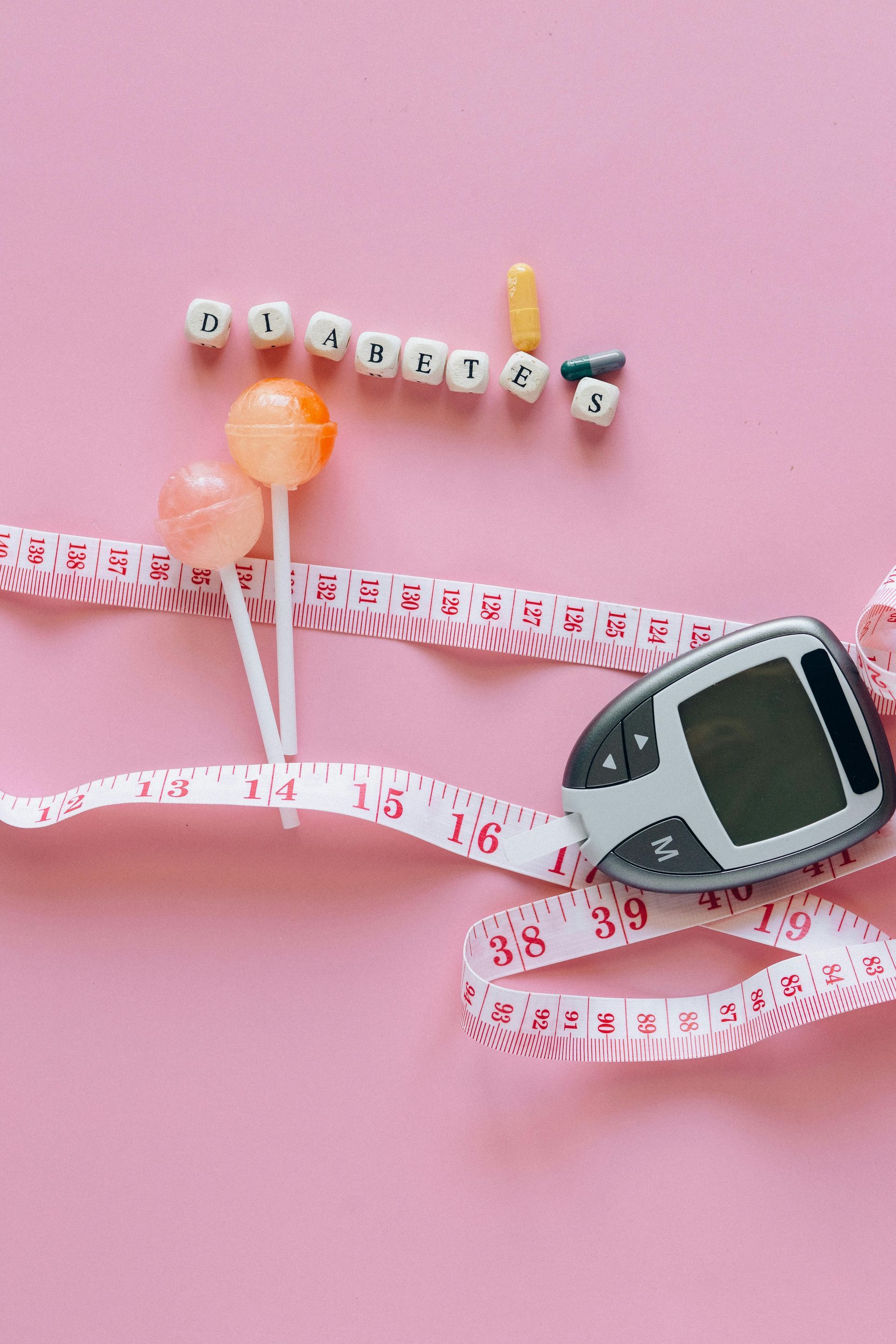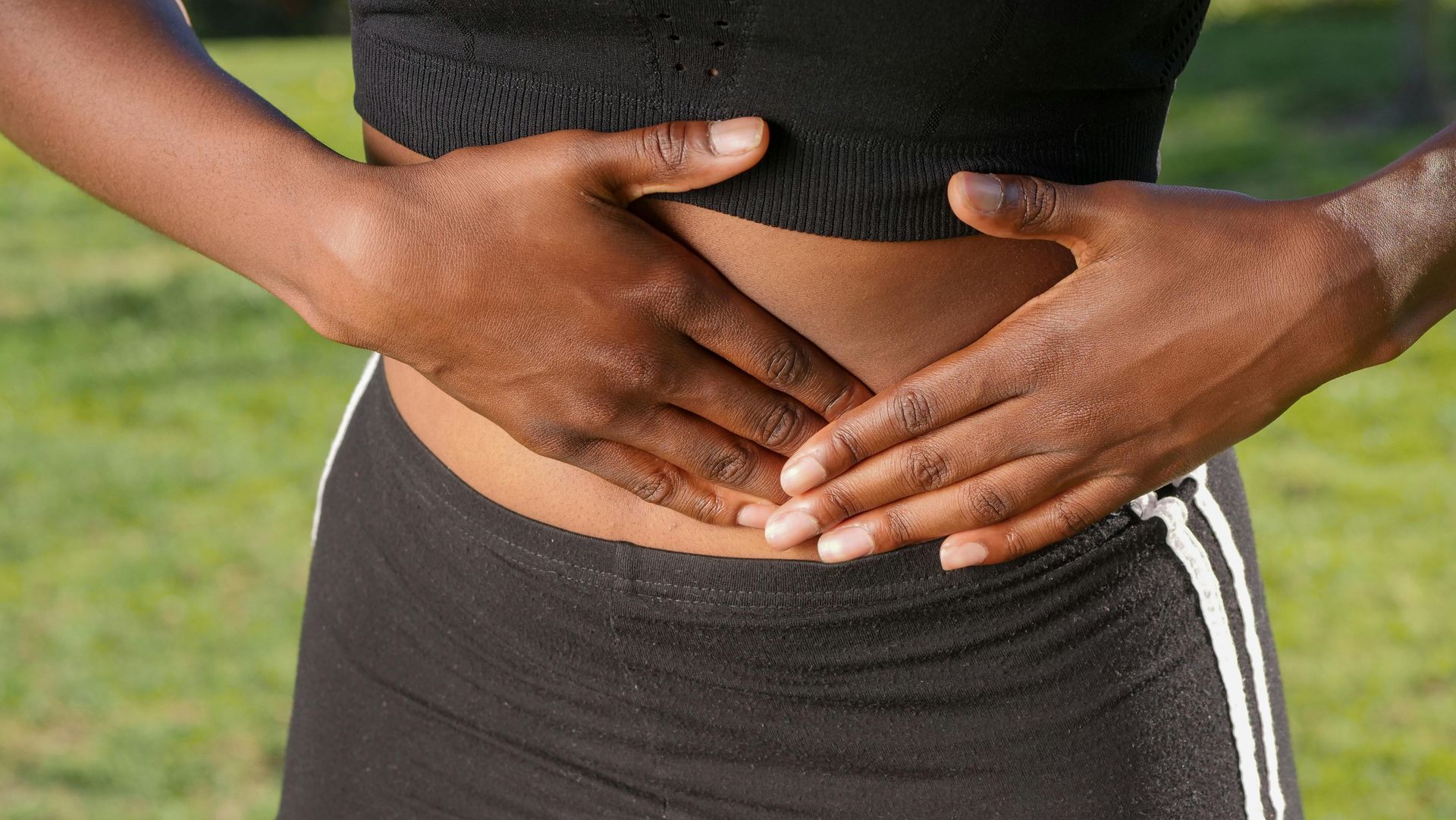September 26, 2025
Do you find yourself feeling bloated after certain meals or waking up with a headache? Maybe part of your morning routine consists of taking medication to reduce your hives or flushing – but you haven’t figured out what exactly you’re allergic to? Trying to identify triggers, especially related to diet , can be very confusing and frustrating. Our body has built-in protection – our immune system. Among other cells, our immune system also consists of mast cells, which can release a wide variety of chemical mediators such as: Histamine Interleukins Prostaglandins Cytokines Chemokines When you are exposed to an allergen, toxin, and/or injury, these chemical mediators, especially histamine can be released into your body. These chemical mediators can affect multiple organ systems including the respiratory, circulatory, integumentary, digestive, muscular and nervous system. Some symptoms of histamine intolerance can include headache, migraines, sinus symptoms, fatigue, hives, flushing, nausea, vomiting, digestive issues. However, if you’re struggling with mast cell activation syndrome (MCAS), your mast cells are over-producing histamines whether there is a trigger or not. Regardless if you’re struggling from MCAS or histamine intolerance, your diet stands at the centerpiece for healing because certain foods are high in histamine. And these foods may be contributing to your histamine intolerance symptoms. What Are Mast Cells and Histamine? Histamine lives inside your mast cells and play a large role in your immune system. Histamine sends a battle cry to your body’s cells and tissues when an invader is sensed. Your blood vessels dilate, which helps your body’s troops arrive as fast as possible to fight the invader. When histamine is released from your mast cells several things may happen: Increased gastric acid secretion leading to bloating, flatulence, indigestion, constipation or diarrhea Increased heart rate Flushing Headache Itching Hives Sinus congestion In rare, more serious cases, histamine can trigger asthma attacks or even cardiac arrest. We have four types of histamine receptors – H1, H2, H3, and H4. Antihistamine medications can block these histamine receptors. For example, blockers of H1 receptors can treat flushing, hives, headaches, and itching, and blockers of H2 receptors treat gastrointestinal symptoms, most commonly acid reflux. Although these medications can reduce symptoms, they aren’t treating the root cause of why you may feel like a bloated, itchy version of yourself. Since these chemical messengers released by your mast cells produce both a local and systemic effect – symptoms of histamine intolerance can be confusing and difficult to diagnosis. Mast Cell Activation Syndrome Mast cell activation syndrome (MCAS) is a disorder, which is not yet fully understood. What we do know is signaling pathways can develop errors and cause histamine to be released at an inappropriate rate. MCAS can contribute to symptoms of excess histamine including: Fatigue Itching Hives Mood changes Asthma and wheezing Gastrointestinal distress – diarrhea, bloating, nausea A few potential triggers of MCAS include: Stress Fatigue Diet Medications –– antibiotics, narcotics, contrast dyes, NSAIDs Mold Infection Lyme disease Environmental toxins such as heavy metals Exercise Contributing Factors to Histamine Intolerance There are several contributing factors to histamine intolerance – your diet plays a role as well as stress levels and your gut health. Irritable bowel syndrome (IBS) and small intestinal bacterial overgrowth ( SIBO ) can also contribute to histamine intolerance. If you have an imbalance or overgrowth of bacteria in your small intestine – this can lead to increased intestinal permeability also known as leaky gut syndrome. This increased gut permeability can allow for high histamine foods to enter the bloodstream which otherwise would stay in the gut – potentially leading to histamine intolerance. Histamine Found in Your Foods The foods you eat are a major source of histamine in your body. If you’re struggling with histamine intolerance or mast cell activation syndrome, it’s important to first start with an elimination diet. An elimination diet consists of avoiding foods high in histamine. You can then start to slowly add these foods back into your diet – taking note of which ones trigger your histamine intolerance symptoms. Foods which have high levels of histamine include: Fermented dairy products such as cheese, sour cream, and yogurt Tuna and Mackerel Fermented vegetables such as kimchi, sauerkraut Raw and cured meat products Pickles Soybean paste Red pepper paste Mayonnaise Ketchup Fermented beverages – wine, beer, kombucha Chocolate Certain fruits and vegetables such as bananas, pineapple, tomatoes Fermented foods can potentially feed bad gut bacteria as well if you already have an unhealthy gut. These foods can subsequently contribute to conditions such as small intestinal bacterial overgrowth and irritable bowel syndrome. Fresh fruits and vegetables can also lead to histamine intolerance, which can make identifying your trigger foods a challenge. Not only do certain foods have higher histamine levels, but a 2017 study found the way you prepare your food can have an effect on histamine. Grilling and frying food were found to increase histamine levels. Boiling food was found to have no effect and can even reduce histamine levels. Low Histamine Diets Can Be Tricky Low histamine diets can be a challenge no doubt. It’s a strict diet, which eliminates many popular foods. Fortunately, studies have actually shown changing to a histamine-free diet for only 4 weeks can show improvements of histamine intolerance symptoms as well as serum histamine levels. So you might be wondering just what can you eat on a low histamine diet? Fresh is best on a low histamine diet. Foods to fill your grocery basket with, for a low histamine diet includes: Fresh and organic meat, poultry, pork, and fish (if you use frozen meat/fish, thaw quickly and use immediately) Vegetables such as arugula, beets, bell peppers, lettuce (not spinach), leeks, kale, carrots, cabbage, cauliflower, broccoli, zucchini, squash, and onions Gluten-free grains and rice Almond or coconut milk Fruits such as apples, peaches, apricots, blueberries, blackberries, melon, and mangoes The challenge while on your low histamine diet lies in identifying what triggers your specific histamine response. Elimination diets can help dial in what triggers your individual histamine intolerance symptoms. What affects one person might not affect another. The stress often associated with food elimination diets can also contribute to histamine release so using a collaborative approach is key. Stress is also a key factor in SIBO and IBS – therefore working with a physician to develop your low histamine diet safely is helpful. There is no single test to determine if you have a histamine intolerance or identify which foods you’re more sensitive to. But by working with an experienced physician to create a plan to help you discover those foods – you’re more likely to be successful and create your personalized low histamine diet. This post was originally published on www.jjmd.com by Dr. Jessica Jellison.
